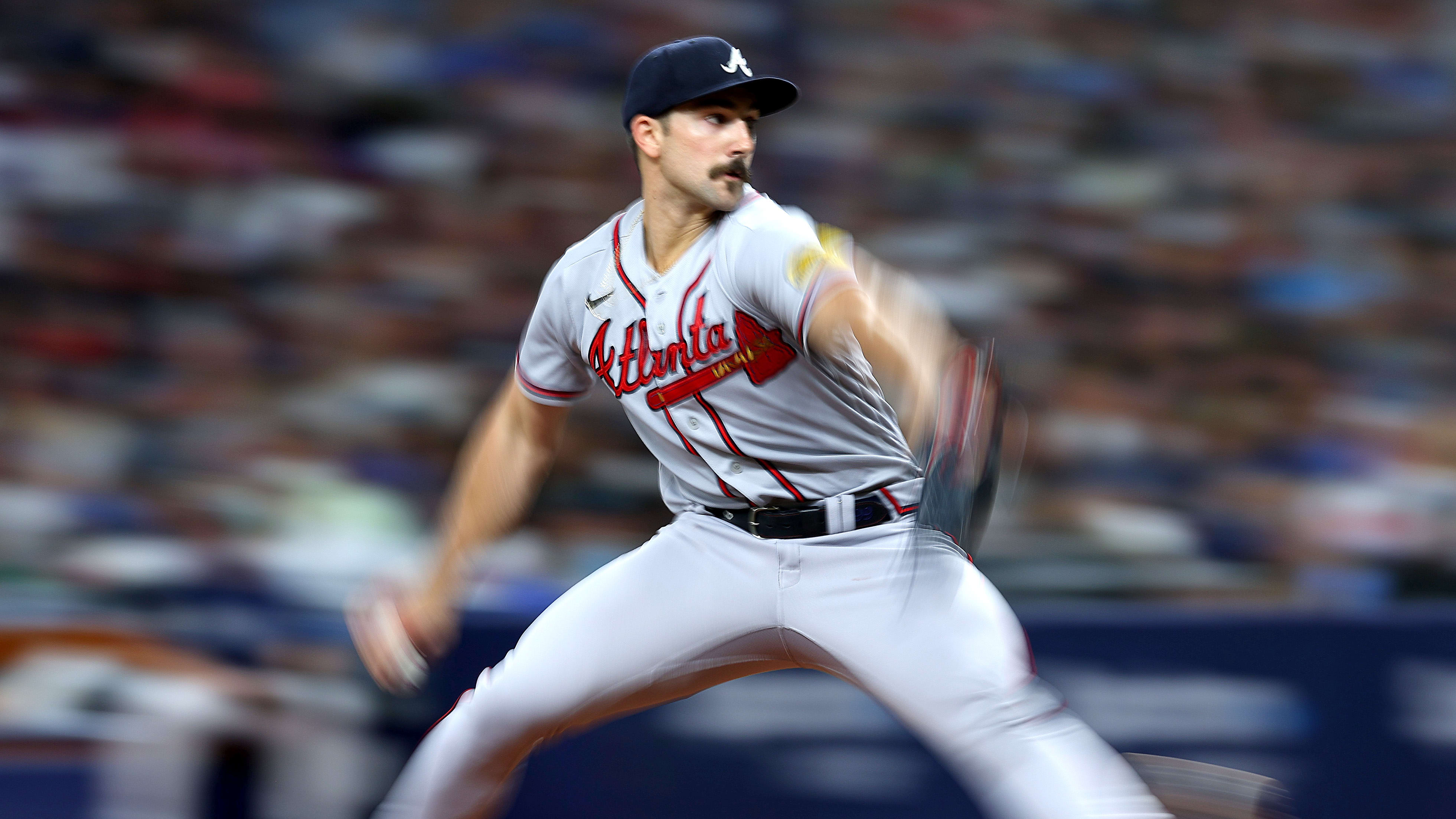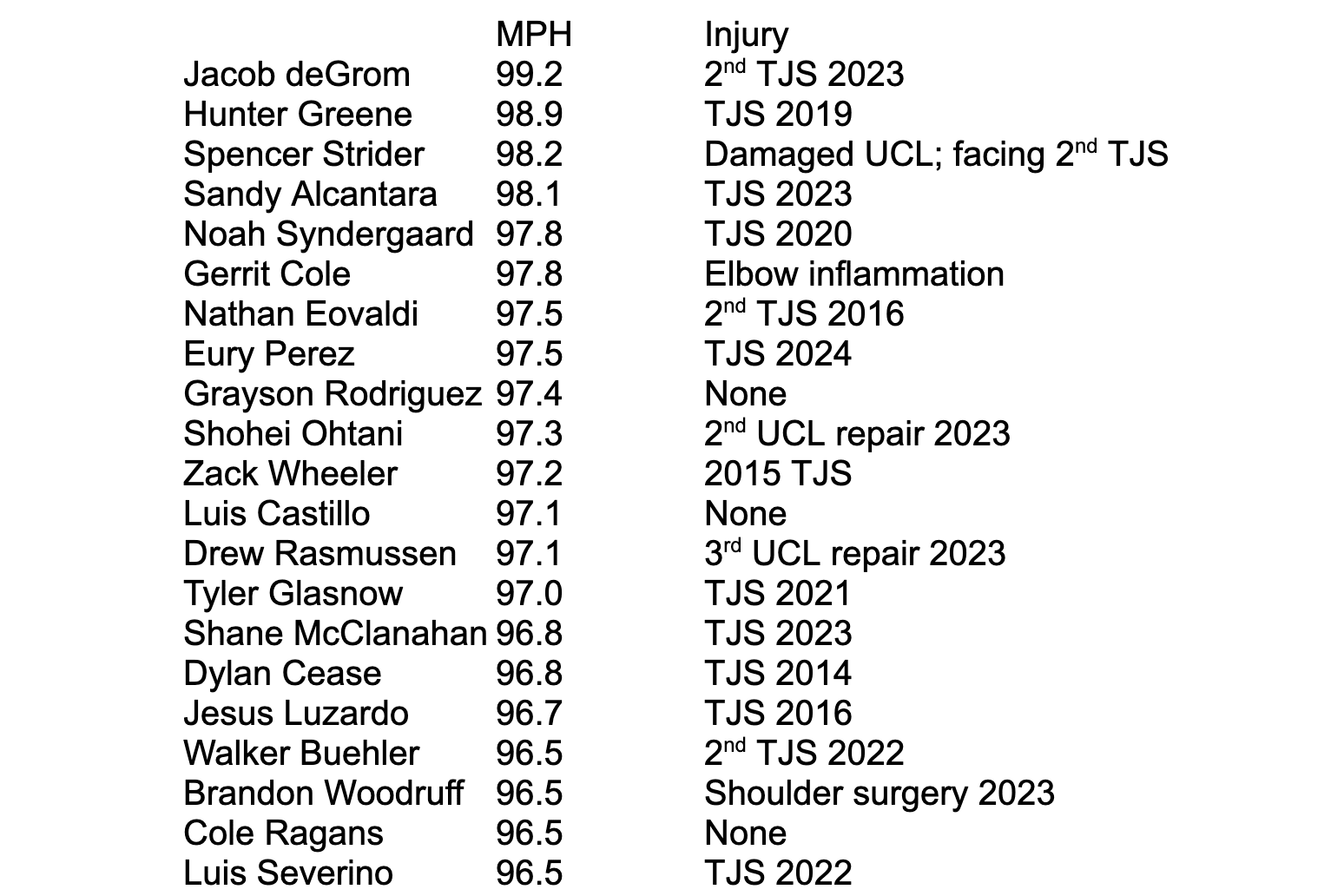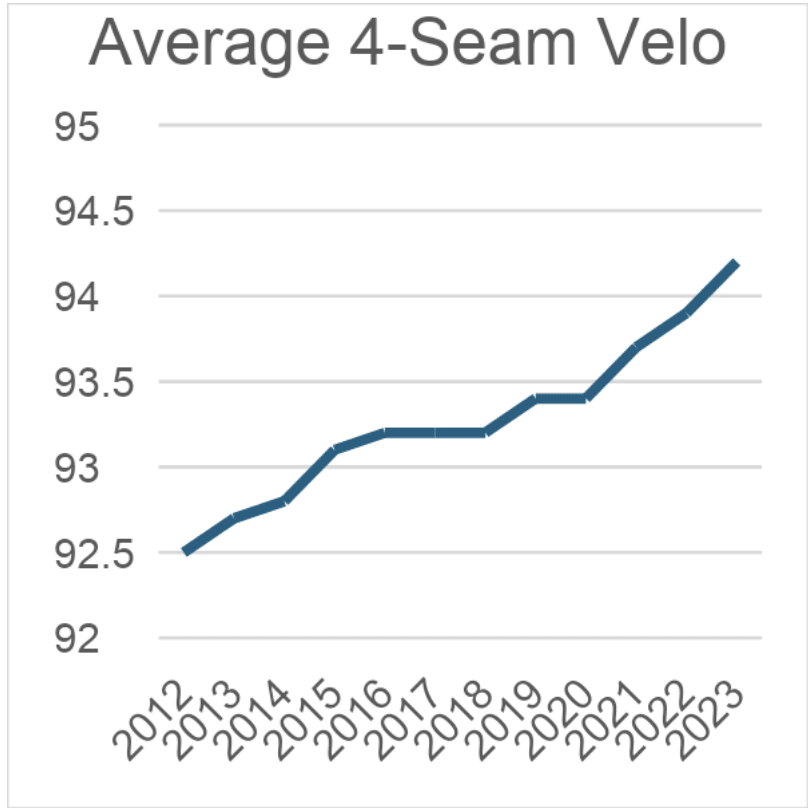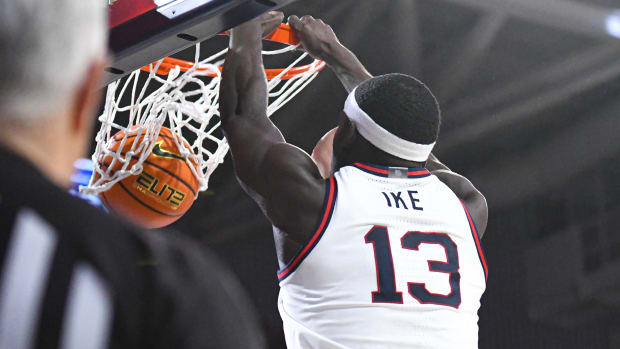
There’s a Clear Root to the Injury Issues Plaguing Pitchers
The industry of baseball—Major League teams, colleges, amateur coaches and high-tech training facilities—has failed an entire generation of pitchers. The development of pitchers is an abject failure. The quest to increase velocity has come at too high of a cost: health. It must change.
Forget the awkward attempt by union chief Tony Clark to politicize the injury epidemic among pitchers, as he brought up how the union voted against the pitch timer. He has no empirical evidence that the pitch timer—after a one-year sample size!—has caused more injuries. (The data shows the rate of injuries was unchanged last season.)
This is the only fact you need to know about why pitchers are breaking down: the ulnar collateral ligament cannot withstand the torque modern pitchers are imposing on it. It’s that simple.
“Essentially the UCL is being pushed beyond what it can take,” says Glenn Fleisig, Biomechanics Research Director of the American Sports Medicine Institute, a leader in his field and a consultant to MLB. “We’ve developed a situation through mad science where we are pushing the body beyond what the ligament can handle.”
Modern training facilities have become “throw” factories. They can teach anybody to max out velocity. Mechanics are refined. Muscles are strengthened. MLB teams have mitigated the old risk factor of overuse by having pitchers throw less often and with more rest than ever before.
But in this zeal to have everybody throw harder, they forget about the UCL, a ligament with notoriously poor blood flow. It’s nothing but bands of tissue that connect from the bone in the upper arm to the one in the forearm. All the high-tech training will not make the UCL stronger. Instead, all the training is putting more and more torque on the UCL.
Fleisig’s team has done studies on cadavers to see just how much torque the UCL can withstand before it tears. The cadaver ligament began breaking apart even before the torque associated with an upper-90s fastball. Granted, the cadavers were not healthy athletes in their 20s, but the point, Fleisig says, “is we are going beyond what the body can withstand.”
Past the breaking point?
“Exactly,” he says.

Rangers pitcher Jacob deGrom upped his velocity to become a dominant force and may have forced his body beyond its limits.
Bailey Orr/Texas Rangers/GettyImages
The race for speed is killing careers and it will continue unless baseball makes a philosophical change to devalue high-end velocity. The biggest red flags for injury used to be poor mechanics and overuse. Now the No. 1 career killer is velocity. Forget the pitch timer. Nothing puts a pitcher more at a health risk than high-end velocity. It’s a fact.
“How hard you throw has emerged as the biggest issue, overwhelming the other two factors,” Fleisig says. “We have done studies in the biomechanics lab that shows the faster you pitch the higher the torque on the elbow. Science shows a strong correlation between velocity and higher torque in the elbow. Across pitchers, the faster pitchers have more stress. The highest risk is a guy with high velocity and poor mechanics.”
Were you surprised that Eury Perez of the Miami Marlins and Spencer Strider of the Atlanta Braves blew out their elbows? You should not be. Like Jacob deGrom, they threw too hard for their own good. The evidence shows that starting pitchers who throw with elite velocity are breakdowns waiting to happen. Throwing in the upper 90s is not sustainable.
Here is the proof. I looked at all the starting pitchers from 2019-23 who averaged at least 96.5 mph with their four-seam fastball in any season in which they threw at least 600 fastballs. I came up with 21 high-velocity throwers over the past five years. Of those 21, 18 broke down with major injuries and account for at least 22 elbow surgeries. Here they are:
Starting Pitchers to Average 96.5+mph in a Season, 2019-2023 (Min. 600 4-Seamers)
I showed Fleisig my research.
“This is terrible,” he says.
The proliferation of “pitching labs” and the incentives from MLB teams and college coaches to reward velocity have created this epidemic rather quickly. From 2012 through 2017, for instance, only nine starting pitchers averaged 97.3 mph and above with their fastball. But in the next six years (2018-23) the universe of such ultra-hard throwers doubled, to 18.
From 2015-2020, average four-seam velocity remained steady, hovering between 93.1 and 93.4 mph. But starting in 2021, giant leaps have occurred, adding a whopping 0.8 mph since 2020:
The increase at the top of the velocity range is staggering. Check this out: the number of pitches thrown 100 mph or more has more than tripled in just five years, from 1,058 pitches in 2019 to 3,880 last year.
Major League teams annoy me with their mixed messages. They trumpet how “careful” they are with their pitchers – reduced pitch counts, more rest between starts, avoiding using a relief pitcher for a third straight day, etc. It’s largely eyewash. Those mitigations do not keep pitchers safe from the strain that velocity puts on their UCLs. And MLB teams continually stress the importance of velocity, of pitchers getting swings and misses to keep the ball out of play and for starting pitchers to max out with their velocity and effort from the first pitch they throw. The carrot they put in front of pitchers is to chase velocity.
(As an aside, the recent emphasis on pitch shape and spin also is contributing to reduced pitcher health, Fleisig says. To chase the data of more spin and break, pitchers are creating more grip pressure and tension, which can strain the flexor tendon, which often is the precursor to a UCL injury.)
This epidemic has been created on two parallel tracks: one in science and the other in human behavior. The science is obvious. These pitching labs work. As Fleisig explains, “Through science we’ve developed ways for people to have good mechanics and optimum strength and conditioning, which has pushed the game to what you see today with so many throwing in the upper 90s and 100s. The problem is all this conditioning and training doesn’t build up the UCL.”
The human behavior part is the signaling from the amateur and professional markets that velocity drives the market. How many pitchers must blow out before there is a philosophical change to reduce the thirst for velocity while increasing the value of movement, command and pitchability?
“I’ve been banging the drums for years about this,” Fleisig says. “I’ve been saying the body cannot withstand this. Strategically, what is it that you want? Do you want someone who can throw 100 miles an hour for two games or someone who can pitch at a tick lower who can pitch for a full season? Without outright saying it, teams have been chasing velocity.”
The Commissioner’s Office is studying this epidemic of pitching injuries. It has assembled about 100 of the top professionals in the field, including biomechanics experts, doctors, trainers and coaches. Fleisig, who is part of that group, says he hopes the trajectory follows the same one MLB used to address and fix the pace of game problem: gather data and opinions, bring forth proposals, try those proposals in the minor leagues and adopt what works at the major league level.
“I am somewhat encouraged and optimistic,” Flesig says. “This might finally be a wakeup call.”







